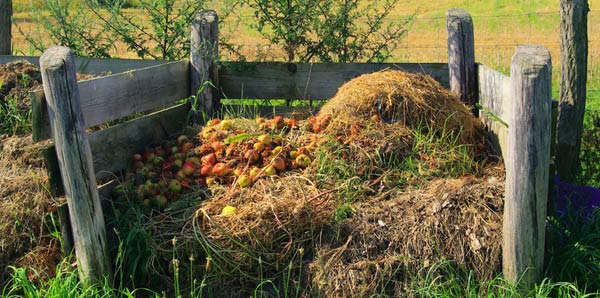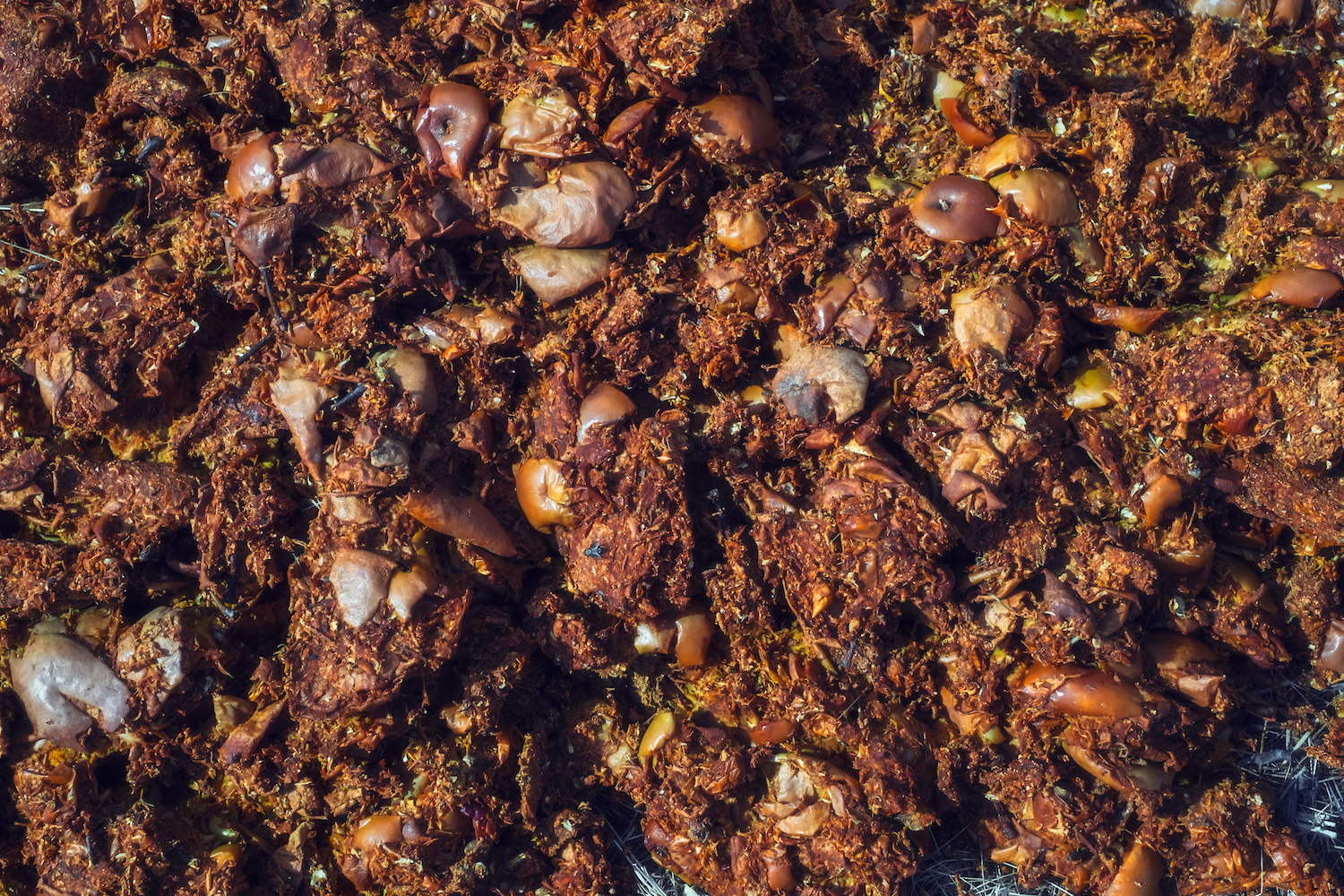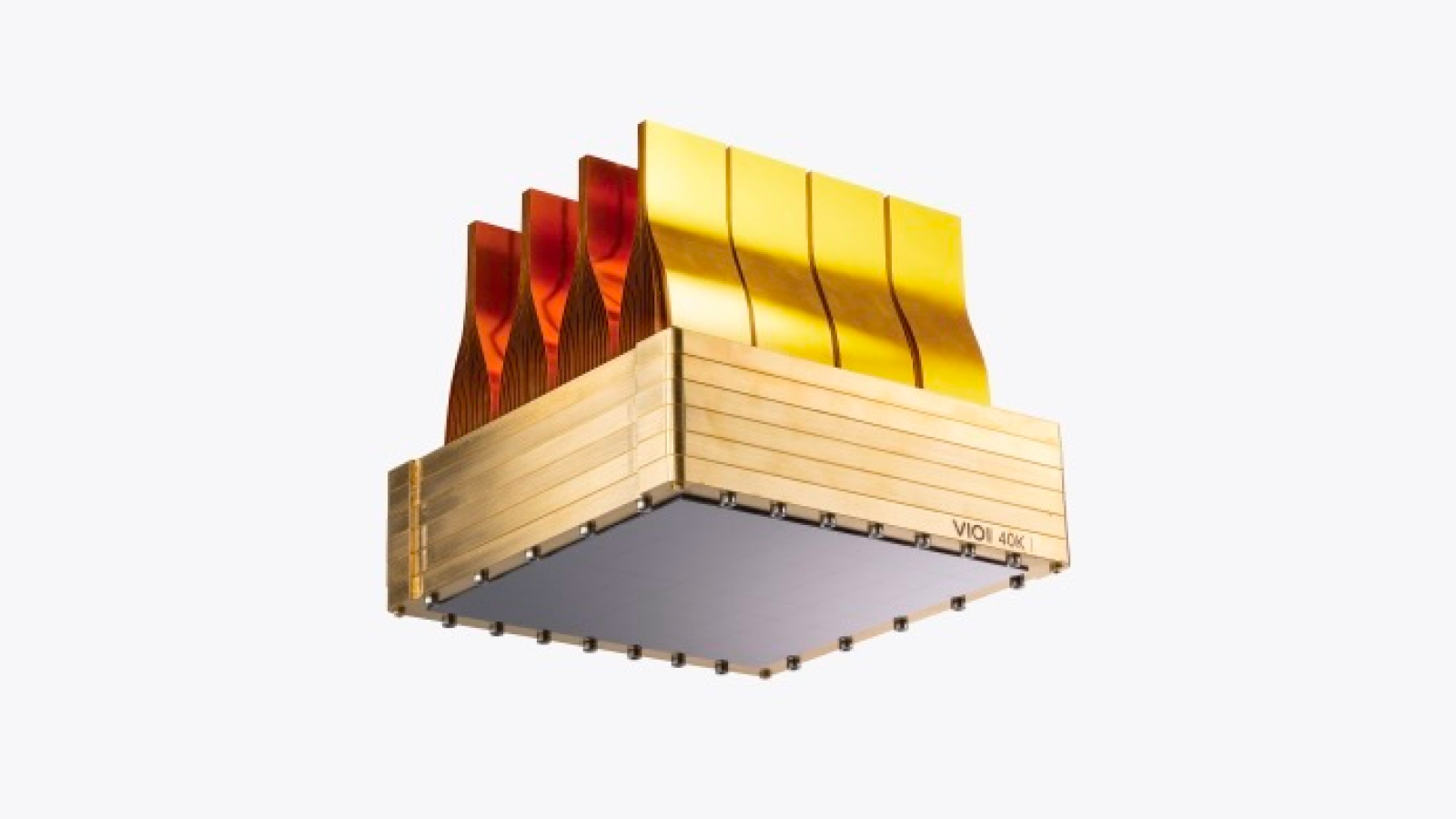The Science Behind Composting

That banana peel in the waste bin will eventually, naturally decompose, as will all organic waste, thanks to helpful microorganisms in the environment that feed on the decaying detritus.
Composting is a process that works to speed up the natural decay of organic material by providing the ideal conditions for detritus-eating organisms to thrive, according to the United States Department of Agriculture (USDA). The end-product of this concentrated decomposition process is nutrient-rich soil that can help crops, garden plants and trees to grow.
The composting process
Microorganisms are vital to the composting process and are found everywhere in the environment, said Matthew Worsham, the sustainability and energy coordinator at the University of Dayton in Ohio.
The key to effective composting is to create an ideal environment for the microorganisms to thrive, Worsham told Live Science — warm temperatures, nutrients, moisture and plenty of oxygen.
According to Cornell University, there are three main stages in the composting cycle in which different types of microorganisms thrive.
The first stage is typically only a couple of days long during which mesophilic microorganisms, or microorganisms that thrive in temperatures of about 68 to 113 degrees Fahrenheit (20 to 45 degrees Celsius), begin physically breaking down the biodegradable compounds. Heat is a natural byproduct of this initial process and temperatures quickly rise to over 104 degrees F (40 degrees C).
Mesophilic microorganisms are replaced by thermophilic microorganisms (microorganisms that thrive in the increased temperatures) during the second stage, which can last from a few days to several months. The thermophilic microbes work to break down the organic materials into finer pieces. The higher temperatures are more conducive to breaking down proteins, fats and complex carbohydrates.
Get the world’s most fascinating discoveries delivered straight to your inbox.
Also, during the second stage, temperatures continue to rise and if not closely watched, the compost pile can get so hot that it can eventually kill off all the helpful microorganisms. Techniques such as aeration and turning over the compost pile help keep temperatures below about 149 degrees F (65 degrees C), as well as provide additional oxygen and new sources for the thermophilic microorganisms to break down.
The third stage, which typically lasts for several months, begins when the thermophilic microorganisms use up the available supply of the compounds. At this stage, temperatures begin to drop enough for mesophilic microorganisms to resume control of the compost pile and finish breaking down the remaining organic matter into usable humus.
The organisms that help
There are two main classes of composting microorganisms, known as aerobes and anaerobes, according to Planet Natural.
The aerobes are bacteria that require oxygen levels of at least 5 percent to survive and are the most important and efficient composting microorganisms, according to the University of Illinois. The aerobes consume the organic waste and excrete chemicals such as nitrogen, phosphorus and magnesium, which are nutrients plants need to thrive.
Anaerobic microorganisms are bacteria that don't require oxygen. They also don't process the organic waste as efficiently as aerobic bacteria. Anaeorbs produce chemicals that are occasionally toxic to plants, and they cause composting piles to stink because they release hydrogen sulfide, which smells like rotten eggs.
About 80 to 90 percent of all microorganisms found in compost piles are bacteria, according to Cornell University. The remaining percentage of microorganisms are species of fungi, including molds and yeasts.
In addition to microorganisms, other helpful creatures, such as pill bugs, centipedes and worms, will find their way to the composting pile if the conditions are right. These animals break down the food waste, yard trimmings and other organics in the compost pile and help turn the waste material into nutrient-rich soil.
Worsham is building composting resources at the University of Dayton and is including red wiggler worms in the composting piles. Red wigglers (Eisenia fetida) are the most common worm used in vermicomposting, or composting with worms, Worsham said. The university's vermicomposting piles can break down 10 pounds of food waste and paper per day.
What does and doesn't go in?
According to the United States Environmental Protection Agency, a balance of "greens" and "browns" is needed to create the proper environment for composting to occur. Greens are nitrogen-rich, and include items such as grass clippings, fruit and vegetable waste, and coffee grounds. Browns are the carbon-rich yard clippings, such as dead leaves, branches and twigs.
A carbon-to-nitrogen ratio between 25 to 1 and 30 to 1 is ideal for rapid composting, according to the University of Illinois. Microorganisms feed on both carbon and nitrogen. The carbon gives the microorganisms energy, much of which is released as carbon dioxide and heat, and the nitrogen provides additional nutrition to continue growing and reproducing.
If there is too much carbon in the compost pile, decomposition occurs at a much slower rate as less heat is generated due to the microorganisms not being able to grow and reproduce as readily, and therefore not able to break down the carbon as readily. On the other hand, an excess of nitrogen can lead to an off-putting ammonia smell and can increase the acidity of the compost pile, which can be toxic for some species of microorganisms.
Proper moisture is also vital for the health of the microorganisms that help with the composting process. A moisture content between 40 and 60 percent provides enough dampness to prevent the microorganisms from becoming dormant but not enough so that oxygen is forced out of the pile.
The amount of oxygen within the compost pile is also important as an oxygen deficit leads to anaerobic microorganisms taking over, and that can lead to a stinky compost pile. Oxygen can be added into the compost pile by stirring or turning over the pile.
What to compost:
- Fruits and vegetables
- Eggshells
- Coffee grounds and filters
- Tea bags
- Nut shells
- Shredded newspaper, paper and cardboard
- Yard trimmings including grass, leaves, branches, and twigs
- Houseplants
- Hay and straw
- Sawdust
- Woodchips
- Cotton and wool rags
- Dryer and vacuum cleaner lint
- Hair and fur
- Fireplace ashes
(Note: The USDA recommends burying food waste if using an open-composting pile to deter unwanted pests looking for a free meal, such as flies, rodents and raccoons.)
What not to compost:
- Certain types of tree leaves and twigs such as black walnut, as it releases substances that may be harmful to plants
- Coal or coal ash, as they might contain substances that are harmful to plants
- Dairy products, eggs, fats and oils, and meat or fish bones and scraps, due to potential odor problems that attract pests such as rodents and flies
- Diseased or insect-infested plants, as the disease or insects may survive and be passed along to other plants
- Pet waste (including dog and cat feces and used cat litter), as it might contain harmful parasites, bacteria or viruses
- Yard trimmings treated with chemical pesticides; as the pesticides might kill composting organisms
Commercial composting companies also collect products such as paper carry-out containers for food and compostable dinnerware and flatware that are specifically labeled BPI Certified Compostable.
Dairy products, eggs, meat products and fats are typically not recommended for the composting pile, but there are many larger commercial composting facilities that are well-suited for dealing with the smells and pathogens that may exist in these products.
To help with the more complex waste, livestock manure is often added to commercial composting sites to help increase the heat and the rate of composting. According to North Dakota State University, livestock manure from herbivores, including cows, sheep and goats, already contains a high amount of nitrogen and many of the aerobic microorganisms that are essential to composting. This type of manure is also typically free of dangerous pathogens that can be found in the manure of meat-eating animals, such as cats and dogs.
What else can be composted?
Many companies are developing more products that can be composted when disposed of, including dinner and flatware, garbage bags and even diapers. Before putting these items in the compost pile, it is important to make sure they are safe to compost at home or accepted by the local compost collector. [Top 10 Craziest Environmental Ideas]
Huantian Cao, professor of fashion and apparel studies at the University of Delaware, co-directs a sustainable apparel project that's working on developing compostable apparel. Cao and his team have developed a shoe that is essentially made of mushrooms.
The prototype sandal is made from a variety of compostable parts, Cao told Live Science. The midsole is made from a mushroom mycelium composite that can go right into a home composter along with all the food scraps. The insole and outsole of the shoe are made with biodegradable vegetable-tanned leather and the straps of the sandal are made with cotton, both of which can be composted at larger, commercial composting sites.
Composting at home
Randi Cox and Kathy Gutowsky, owners of the commercial composting company, Green Camino, have been composting since they were young and now educate their community about the benefits of composting, whether through use of their company or at home.
"Composting is an entryway drug to zero waste," Gutowsky said. "As you start composting, you are really starting to pay attention to what you are throwing away and you start to look at what you are buying and what is coming in."
Gutowsky said that many of their clients make lifestyle changes to minimize what goes in their waste bins, including not buying products with excess plastic packaging and buying locally when possible. "It's really a mindset shift," Gutowsky told Live Science.
If you don't have access to a commercial composting site, getting started at home is as easy as putting together a pile in the corner of your yard. Many hardware stores sell composting bins of various types and sizes to accommodate each home's need. Be sure to check regulations on composting where you live by visiting your city or county waste department web page. Additional help getting started or any questions you may have can often be answered at your local hardware store, nursery or local farmer's markets.

Rachel Ross is a science writer and editor focusing on astronomy, Earth science, physical science and math. She holds a Bachelor of Arts in Philosophy from the University of California Davis and a Master's degree in astronomy from James Cook University. She also has a certificate in science writing from Stanford University. Prior to becoming a science writer, Rachel worked at the Las Cumbres Observatory in California, where she specialized in education and outreach, supplemented with science research and telescope operations. While studying for her undergraduate degree, Rachel also taught an introduction to astronomy lab and worked with a research astronomer.



